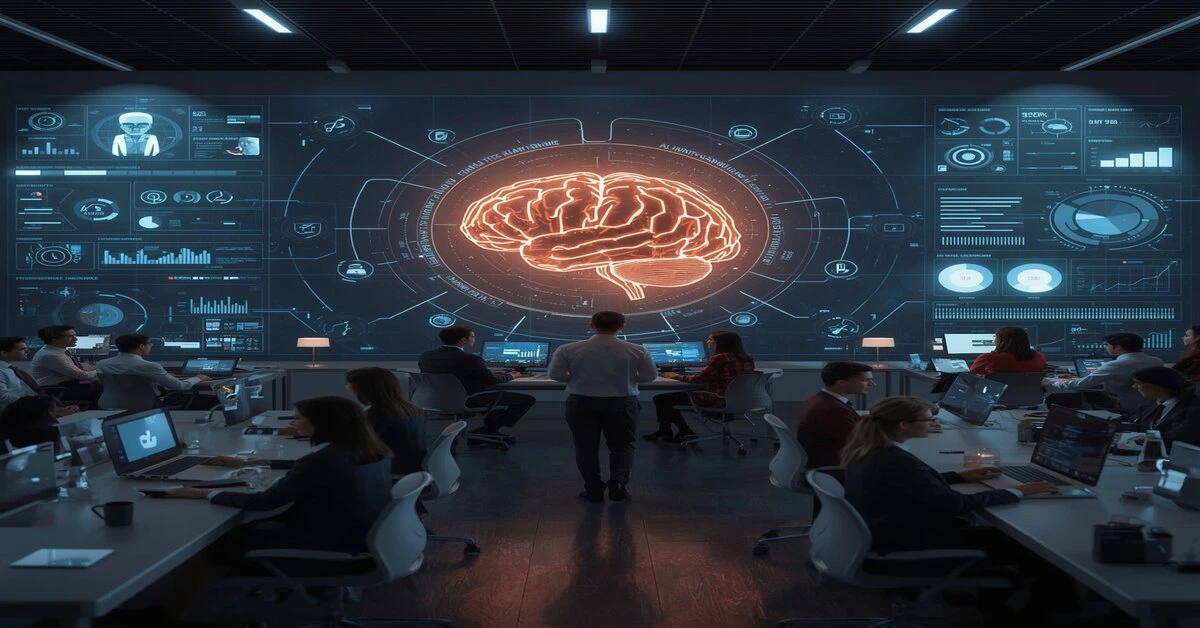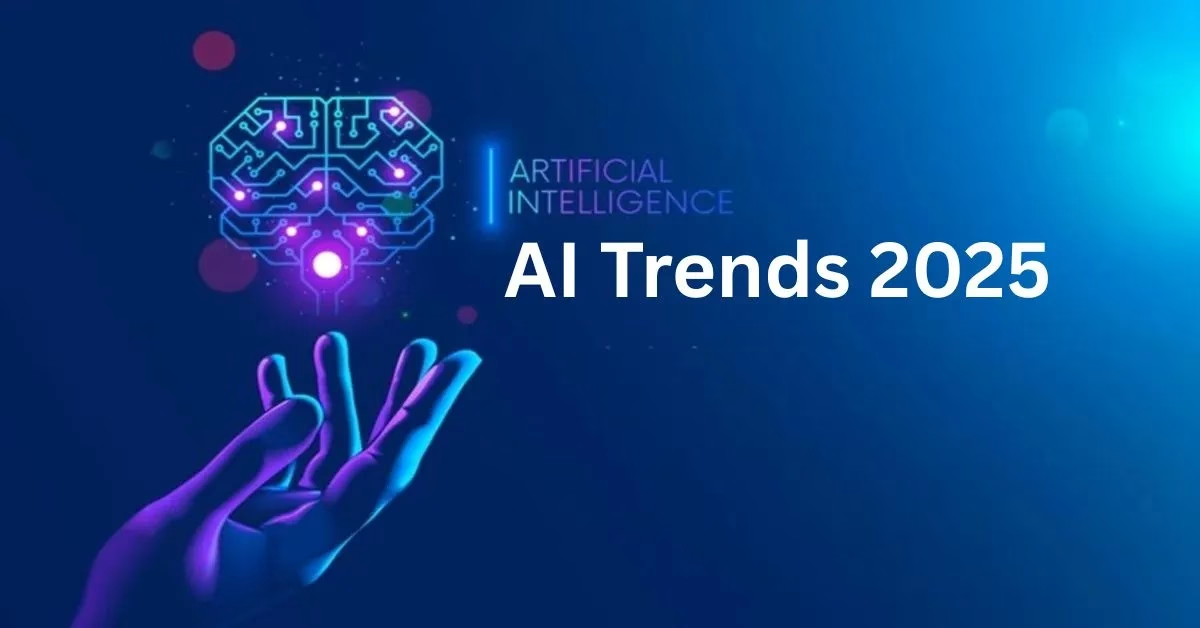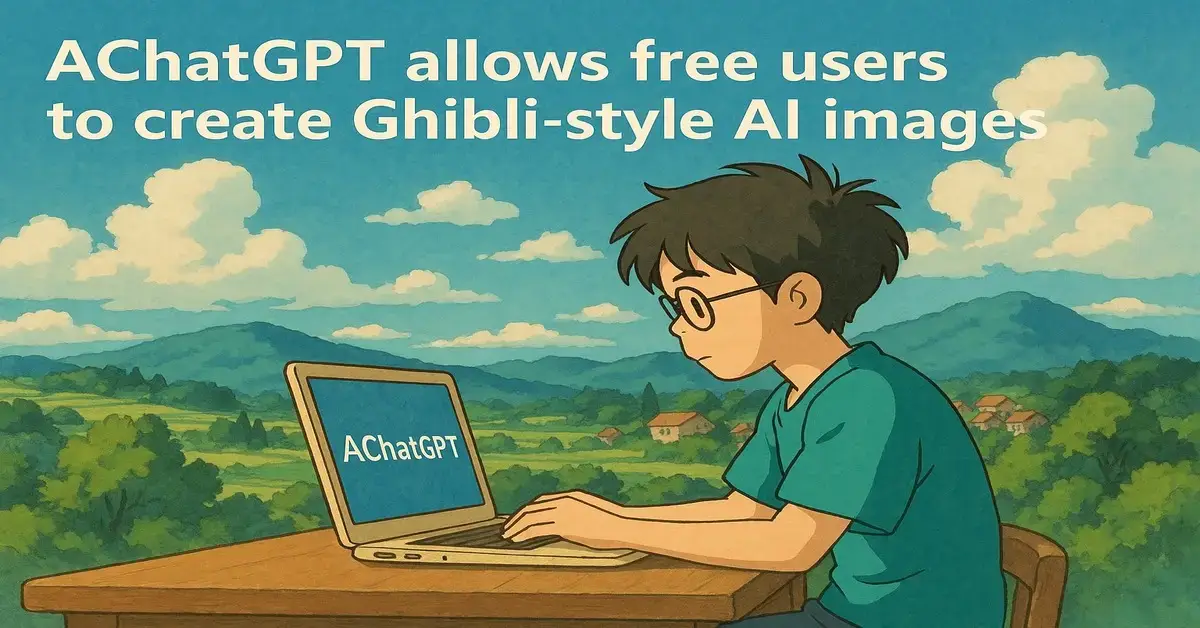AI selection in commerce has quickly advanced from exploratory trials to center operational procedures. It’s now not fair a buzzword or something tech groups test in separation. Nowadays, AI is changing how businesses function—from client benefit and promoting to program improvement and decision-making. But in spite of the excitement, numerous companies still confront noteworthy obstacles. AI arrangement challenges proceed to moderate advance, making it clear that moving from pilot ventures to full generation is more complex than anticipated.
A recent study by Zogby Analytics for Prove AI confirms this shift. Most companies are way past the pilot stage. They’re now putting AI to work in meaningful ways. But just because adoption is growing doesn’t mean the journey is easy.
We’re Not Just Testing Anymore—We’re Investing Big
Here’s something to think about: almost 7 in 10 companies already have custom AI tools running in their systems. That’s a big leap from just a few years ago. And these aren’t small experiments either—81% of organizations are spending over $1 million a year on AI. Even more eye-opening, about a quarter are pouring in $10 million or more annually.
Clearly, the “let’s try it and see” phase is over. Businesses are going all-in.
And the leadership is changing too. 86% of companies have named someone to head up their AI efforts, often with titles like Chief AI Officer. Interestingly, these roles are starting to carry serious weight—around 42% of companies let their AI chief steer the strategy, almost matching the CEO’s influence (43.3%).
But Execution? That’s Where It Gets Tricky
It’s one thing to build an AI model—it’s another thing to make it work in the real world. More than half of business leaders say that training and fine-tuning AI has been tougher than they expected. And it usually boils down to one thing: data.
There’s either too little of it, it’s messy, or there are legal and copyright issues. Sometimes, even when the data’s available, it’s just not good enough to build solid models. Since of that, about 70% of companies have had at slightest one AI venture drop behind plan.
What AI Is Being Utilized For (It’s Not Fair Chatbots Any longer)
Beyond any doubt, chatbots and virtual associates are still popular—that’s nothing unused. About 55% of companies are using them. But the real movement is happening behind the scenes.
54% are using AI in software development
52% in predictive analytics and fraud detection
That’s a clear sign that businesses are shifting focus—from front-facing tools to core processes that really affect operations.
Even marketing, once the go-to area for AI experiments, isn’t the main priority anymore.
Generative AI Is Hot, But It’s Not the Whole Picture
There’s a lot of buzz around generative AI, and with good reason. More than half of companies (57%) say it’s a priority. But most aren’t relying on it alone. Instead, they’re mixing it with traditional machine learning—using the right tool for the job.
When it comes to large language models (LLMs), Google’s Gemini and OpenAI’s GPT-4 are leading the way. Others like Claude, DeepSeek, and Llama are gaining traction too. On average, companies use two or three different models—not surprising, since each has its strengths.
Cloud vs. On-Prem: The AI Infrastructure Debate
Almost every business (about 90%) is using cloud services for AI. But that’s starting to shift. Now, 67% of leaders say they’re planning to move data back to on-premises or hybrid systems. Why? Security, speed, and control.
And there’s another big reason: data sovereignty. 83% of organizations say it’s their top concern. They need to know precisely where their information lives, how it’s being utilized, and who can get to it. That’s difficult to ensure when everything lives within the cloud.
Confidence in AI Governance—But Is It Justified?
If you ask execs whether they’ve got AI governance under control, most will say yes—around 90% claim they’re doing just fine. They believe they’ve built the right policies, safety measures, and tracking tools.
But here’s the thing: on the ground, teams are still facing problems. From information labeling issues to demonstrate approval blunders and indeed ability deficiencies, there’s a hole between what pioneers think and what’s really happening.
Numerous groups are moreover battling to put through AI instruments with their more seasoned frameworks, which leads to indeed more delays.
Last Contemplations: AI Is In, But It’s Not Simple
There’s no doubt—AI is presently a changeless portion of the trade world. Companies are contributing more, changing their administration, and applying AI in more profound, more significant ways.
But real-world arrangement is still chaotic. Between information issues, foundation challenges, and ability holes, the street from thought to execution can be bumpy. The developing intrigued in on-prem and cross breed organizations appears that companies are considering past
As AI becomes even more essential, those that succeed will be the ones that focus not just on what AI can do—but on what it takes to actually make it work.



